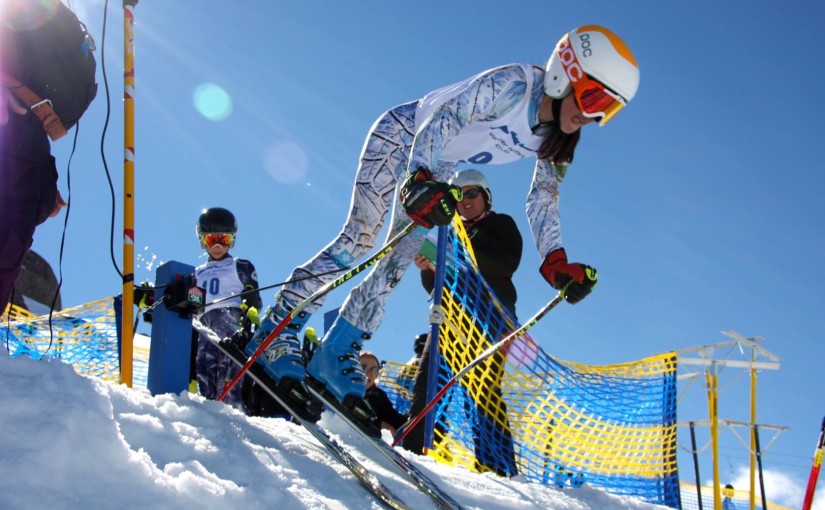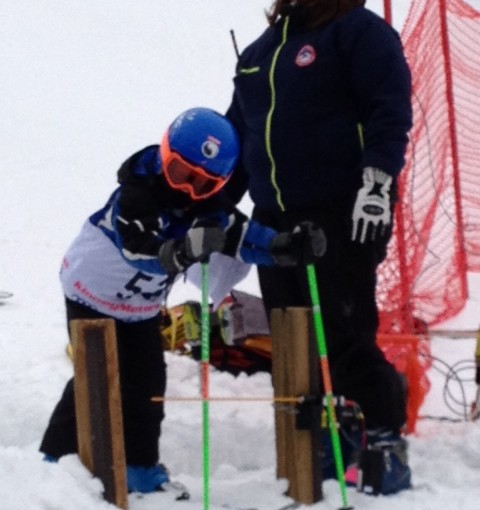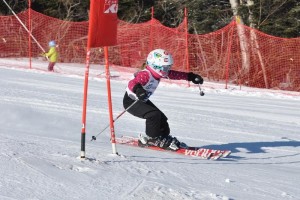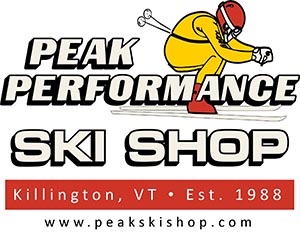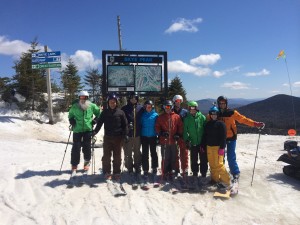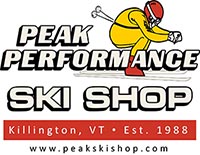A back protector is an important piece of protection for a ski racer.
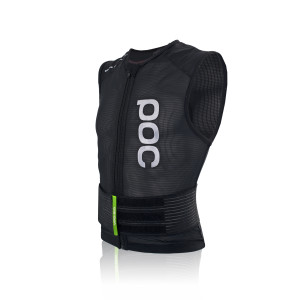
Everyday we get asked about back protectors…”do I need to wear a back protector?” or “who needs to wear a back protector?” or “do they really work?” We cannot answer these questions for you, but what we can do is educate you to help you make a more informed decision for yourself. Back protectors are designed to distribute impact pressure across your entire back in the event of a crash or fall. Instead of taking a sharp hit to one specific spot when you fall, a back protector will absorb the force and distribute it more evenly. This helps you to avoid broken vertebrae.
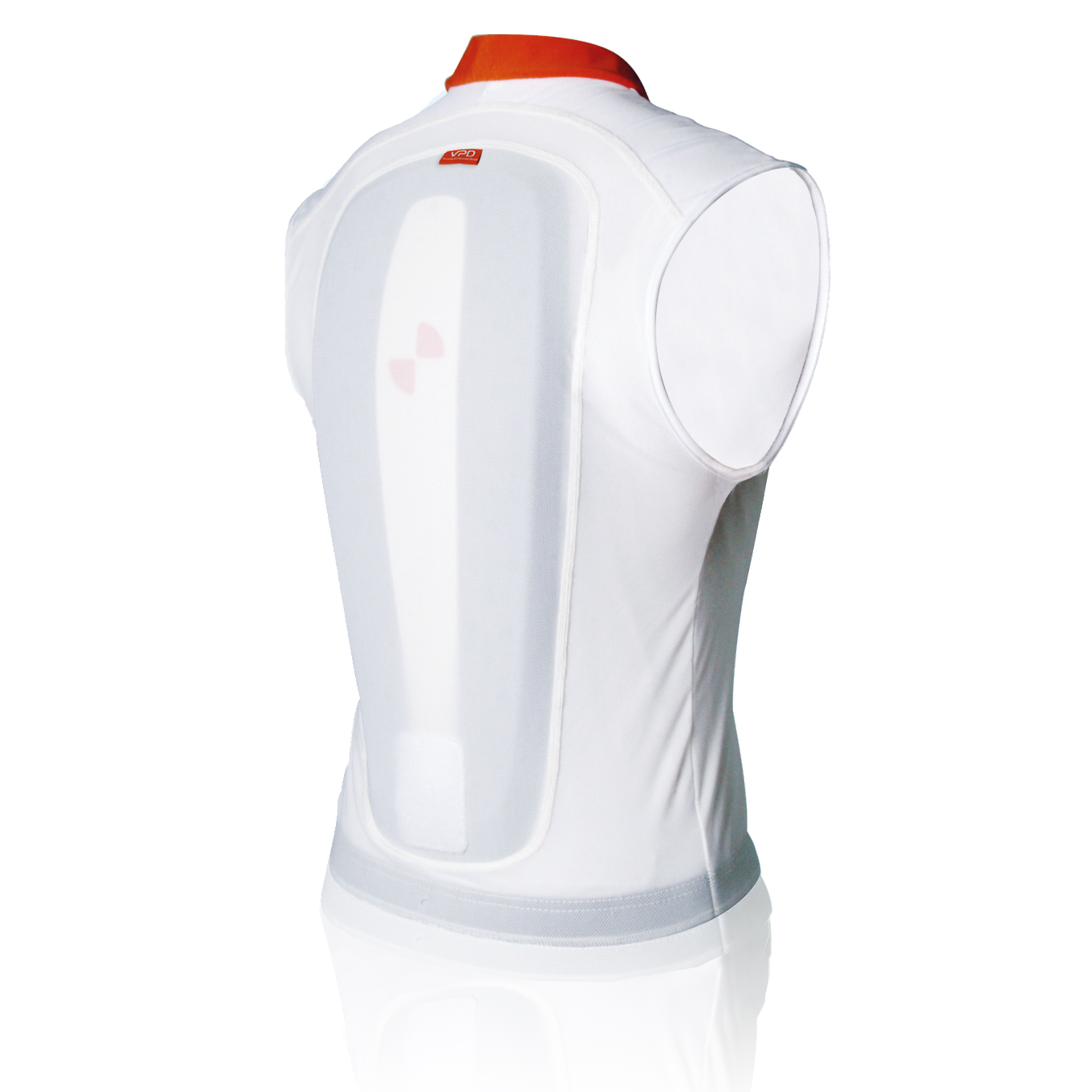

In Europe, wearing a back protector is the norm for all skiers. Here in the United States back protectors are primarily worn by competitive skiers – whether they be alpine racers, freestyle competitors or big mountain skiers. There are several different back protectors on the market. The two brands we like the best and sell in our store are POC and Slytech. Both brands have done extensive R & D and offer products that meet the highest US and International safety standards.
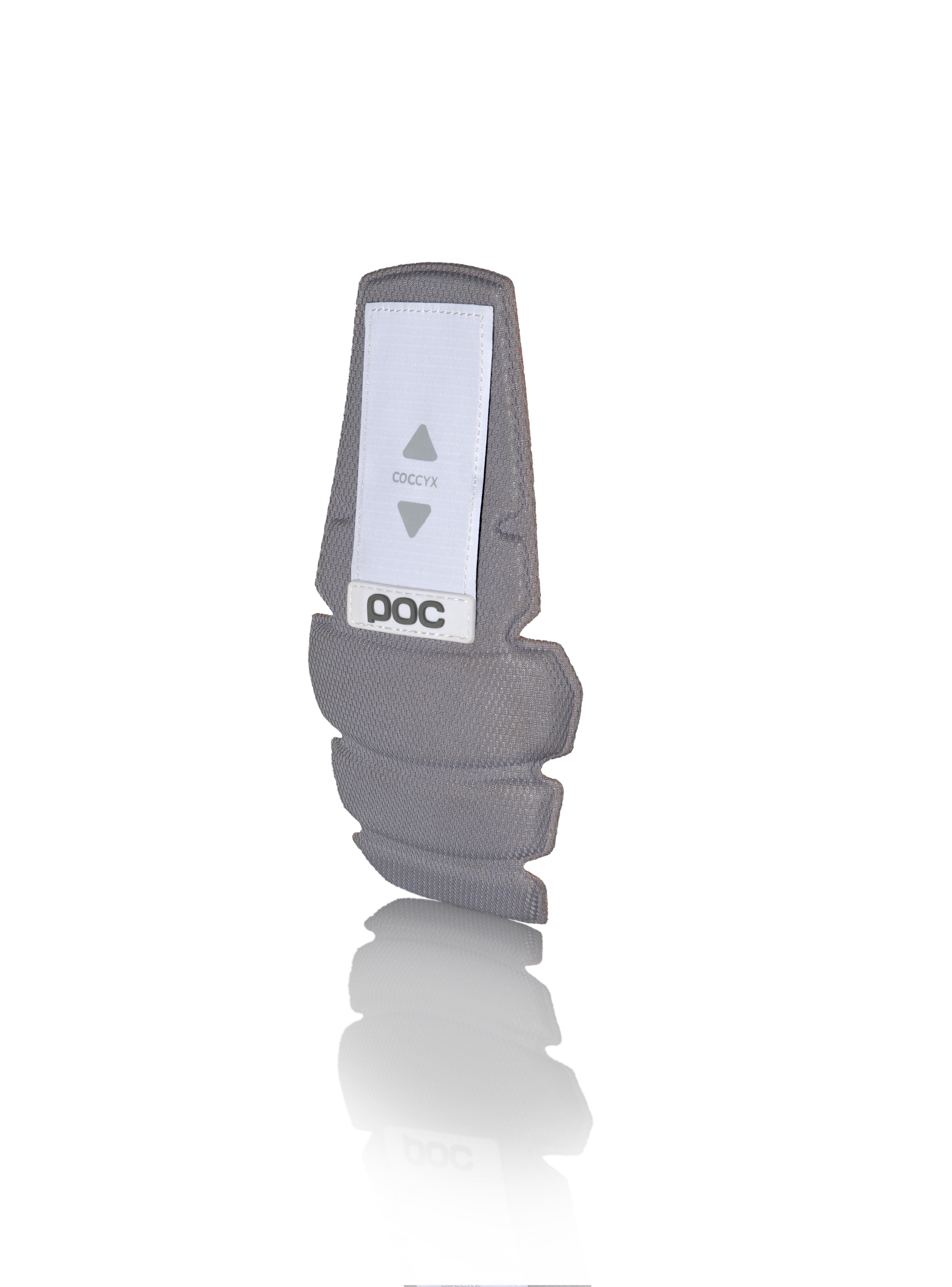
There are several different types of back protectors, but all perform essentially the same function – protecting your back! One style is somewhat of a “backpack” style – where the back protector sits against your spine and is held in place by a waist belt and suspenders. On this style of back protector racers can remove the waist belt and suspenders and just stuff the actual back protector into their race suit while racing. Another style of back protector is an actual mesh vest with a pocket in the back that the back protector goes in that holds the protector at exactly the right spot for proper protection. For racing, the back protector in this vest could be removed and stuffed in a race suit as well. There are also additional coccyx protectors available that velcro onto both of these styles of back protector for additional protection. Choosing the style that is right for you is really a function of comfort, and if you are a racer – comfort and whatever fits within the guidelines of your sport.
Once you have chosen the style of back protector that is right for you it is essential to get the proper fit. Mike Martini of POC Sports USA explains proper fit in this video:
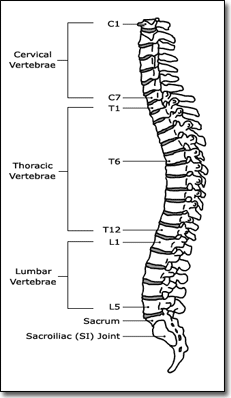 For proper fit of a back protector you should make sure that the protector covers from C4 on your spine (the knob you feel just below the base of your neck if you tilt your head forward) to the top of your tailbone (L5), which is just above the top of your butt crack. It is important to make sure placement of the back protector is correct so that it does not interfere with your helmet when you are squatting down (or when a racer is in a tuck position). Since the back protector will be partially in your pants, you might also want to make sure that your pants still fit comfortably when you have your back protector on.
For proper fit of a back protector you should make sure that the protector covers from C4 on your spine (the knob you feel just below the base of your neck if you tilt your head forward) to the top of your tailbone (L5), which is just above the top of your butt crack. It is important to make sure placement of the back protector is correct so that it does not interfere with your helmet when you are squatting down (or when a racer is in a tuck position). Since the back protector will be partially in your pants, you might also want to make sure that your pants still fit comfortably when you have your back protector on.
Back protectors are increasingly the norm among skiers and ski racers all over the world, but they don’t help you if you don’t wear them or they don’t fit right. There is no one single style of back protector that is better than any other. The most important considerations when choosing a back protector is that it is properly sized and the most comfortable to you.
